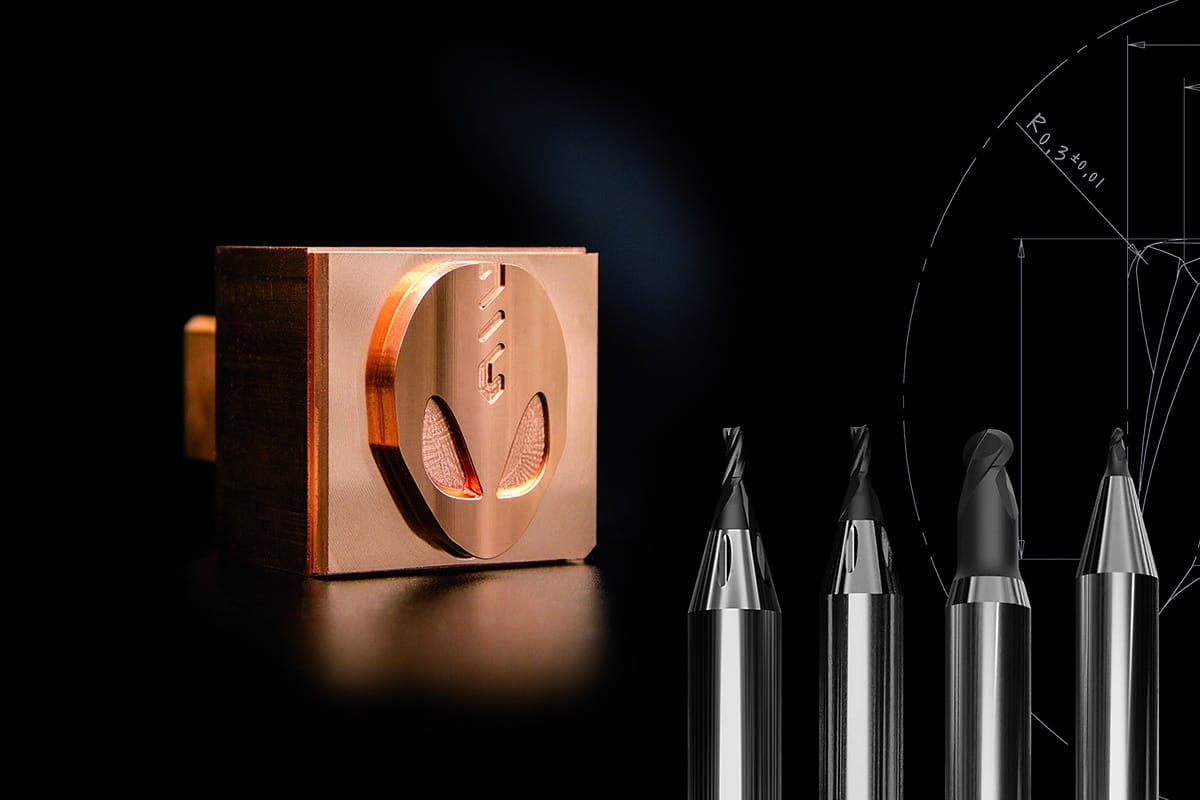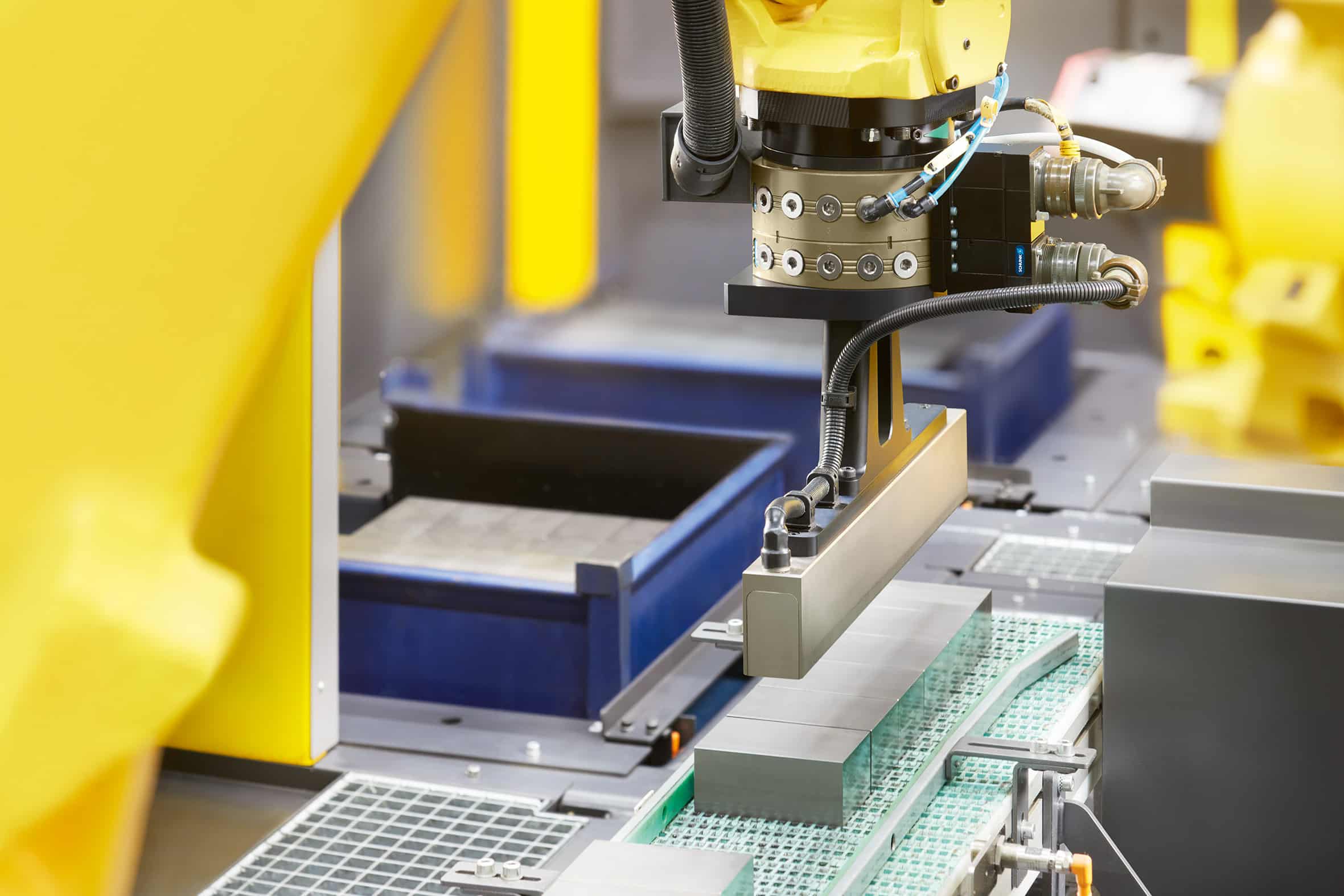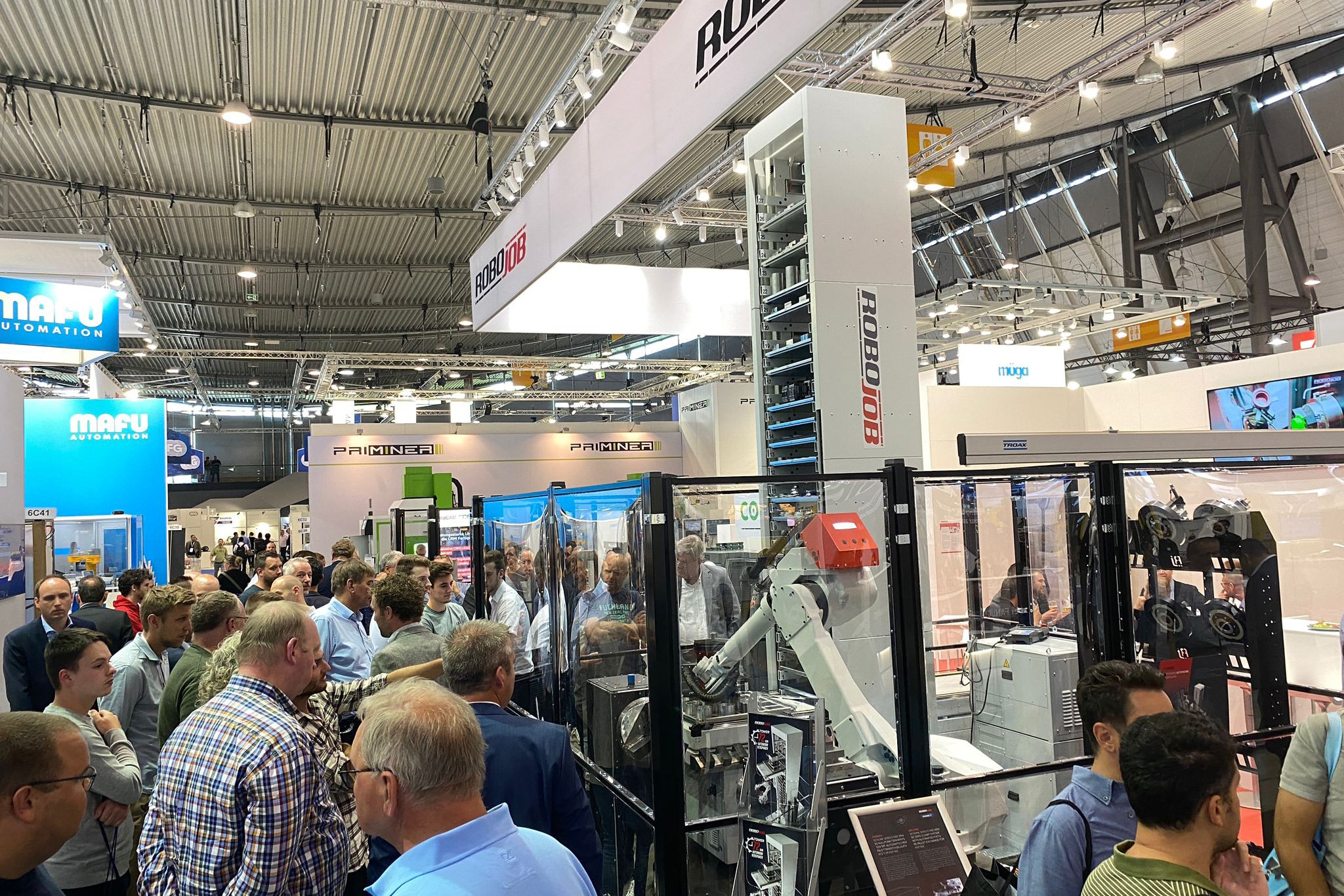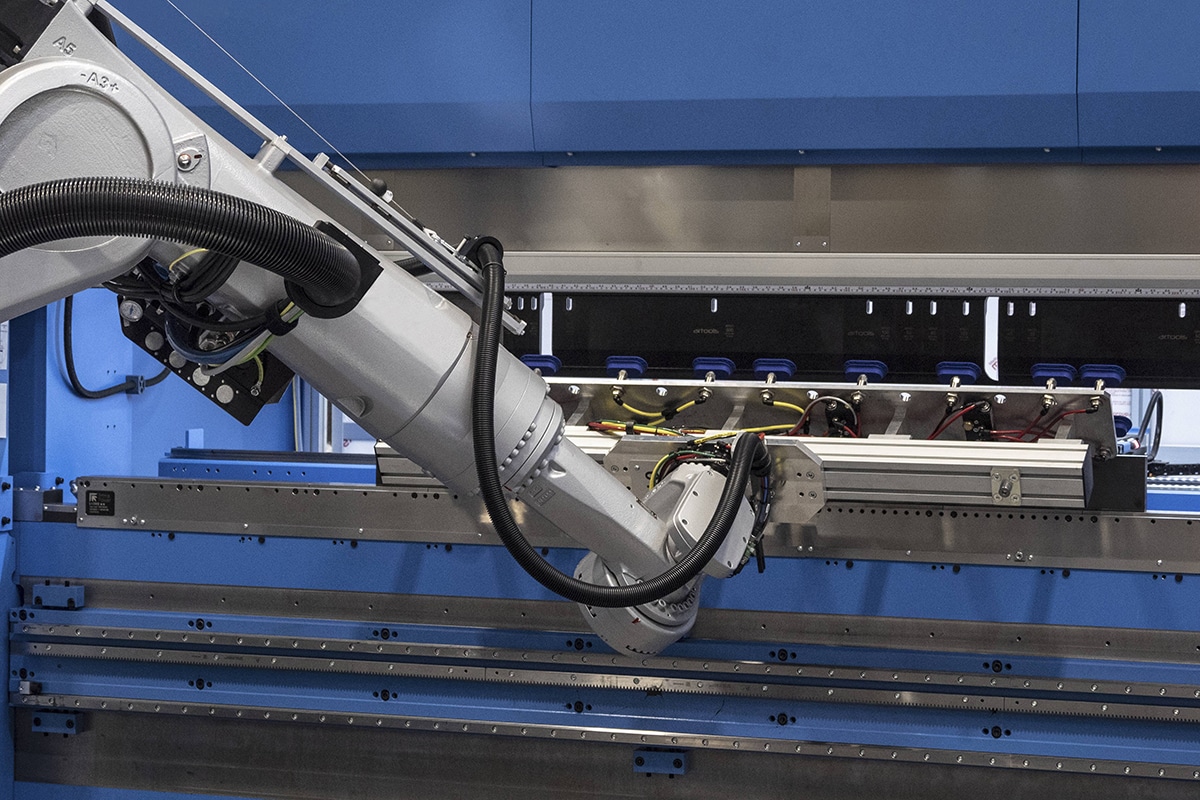
Complementary strengths of human and robot
SMEs in particular still suffer from anxiety when it comes to implementing robots: too expensive, too complex or not flexible enough for their production. With two awareness sessions in March, one on each side of the language border, Agoria wanted to do away with these prejudices. With theory about how robots can contribute to achieving the SDGs, but especially with a lot of practice. Because there are plenty of projects that prove it: robotization and cobotization work! Not to take away jobs, but to better support your employees in the tasks they need to perform.

The first case presented came from CNC Solutions, a realization for Villeroy & Boch. Milling baths is no easy task at the bathroom specialist. The machine must be able to mill various overflow and drain openings and edges, in all sorts of shapes and dimensions, for different types of baths. A task that in the past was performed by a classic five-axis CNC machine. But due to the complexity of the products, that took a lot of lost motion and thus a lot of lost time. Surely a robot should be able to do that better? However, the combination of the robot with the SPRUTcam software far exceeded the customer's expectations. The customer had envisioned an improvement in quality, but also received a halved cycle time on top of that. Knowledge of the product and the milling process proved to be the most important keys to success here.

Robotizing small series
That even very small series can be produced profitably with robots is proven by the case of Platteau from Poperinge. A subcontracting company in which it is important to keep the costs per piece under control. Not easy, when successive indexations over nine years have already resulted in 33% more labor costs. The manager took his inspiration from Japan, where he saw how things could be automated and improved at the manufacturer of his machine tools.
Back home, he set to work on RoboJob's Tower, with three basic principles in mind: a user-friendly software that anyone can get along with, changeover times reduced to the absolute minimum, and a confidential contact person who can be reached. The numbers prove it in black and white. Platteau now realizes 90,000 euros more turnover, without any resistance on the floor. "They fight to work with it."

Keep it simple
Also at Ropa, they have done the addition of exactly what a robot will give them. The company, which delivers turning and milling work, wants to control its own production processes as much as possible itself. That is, to get the maximum efficiency out of machines with a minimum of human effort. Manuel Josson: "A robot is a great tool for that, because the more pieces we can produce, the more sales we can make."
Together with Fraxinus, four automation projects have already been worked out and delivered for the company. Thanks to the investments, Ropa manages to produce 36% more cheaply and can perform 64% more hours. Indeed, the biggest bottleneck, finding the right people with the right skills, was eliminated. Josson also points out two key conditions for success. "Keep it simple by working with proven techniques that can take a beating. And provide a solution with a flexible conversion to limit changeover times." ■
What are the key steps for successful integration of robots in the workplace?
- Know your product
- Estimate tasks correctly
- Consider the facilities needed
- Also consider the environment in which the robot must work
- Involve all stakeholders in this story
- Be sufficiently critical, including about details
- Connect your installation
- Tank a healthy dose of perseverance



